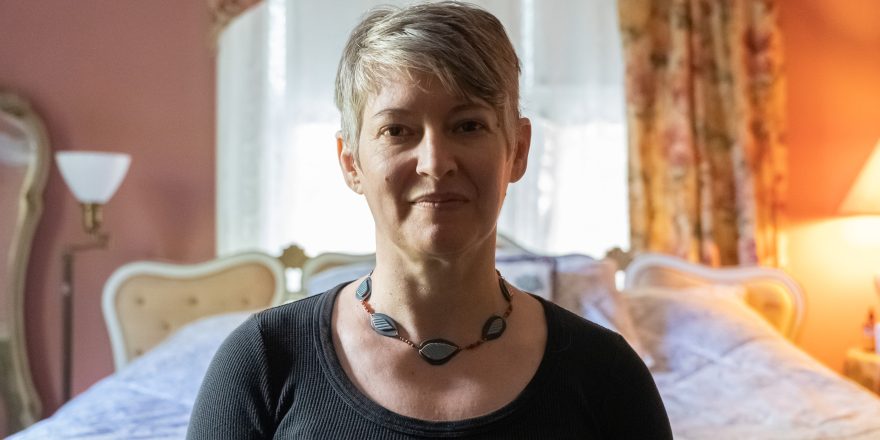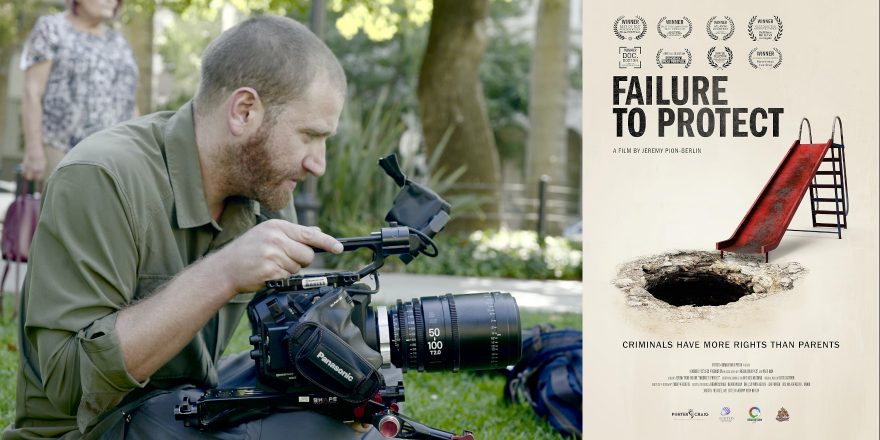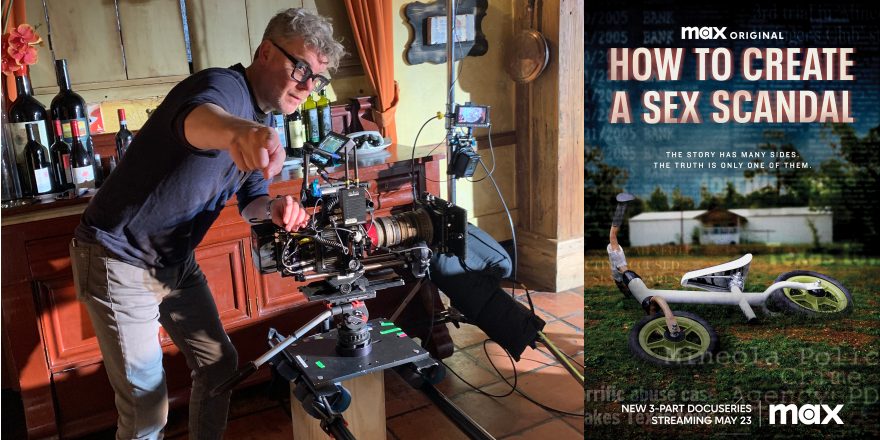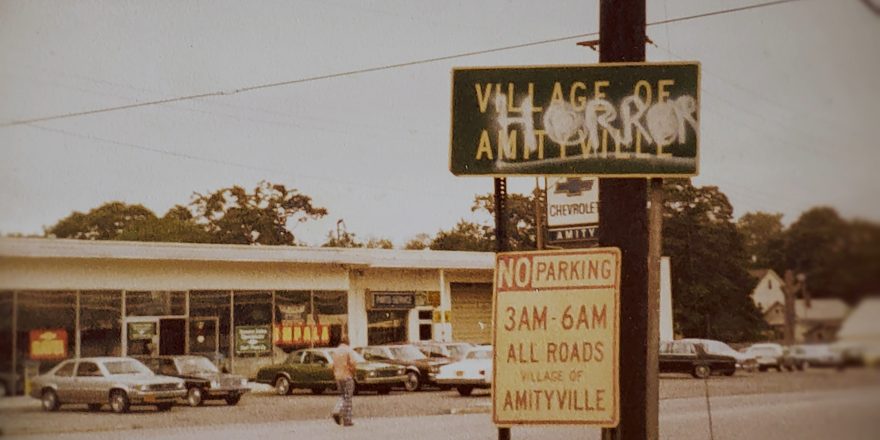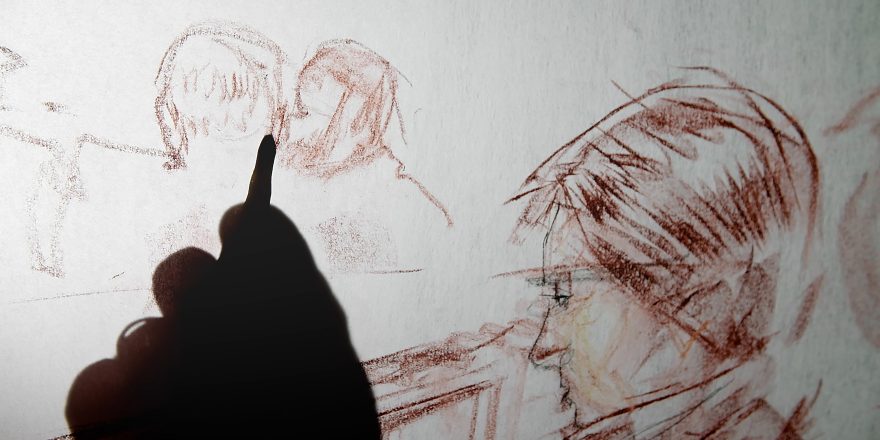Last week I woke up to an extraordinary text message from my publicist: My film, she said, was the #1 movie on Netflix. Hear me out.
There are no celebrities or sports stars. It is a documentary about a court case most people have never heard of. There are subtitles all over the place. The main character is non-verbal and one of the main experts helping us understand how to think and feel along the way has a disability that affects her speech so severely that she can only be understood through a method called “re-voicing” or the use of subtitles. And yet this documentary had, according to Forbes, “dethroned” Hit Man. It spent a brief day at #2 behind 50 Shades of Grey, and then reclaimed the #1 spot for the rest of the week. It went viral on X. There were Tik Toks with 7 million views and 700,000 thousand likes that explained the entire story to people the way my dad does when he’s explaining a movie I really wanted to see. Some X users swore they would never watch a film described by other users as “the most unsettling thing I’ve ever watched in my life,” only to come back to the platform a few days later with their thoughts and feelings. It was hitting some kind of nerve center running through the American berserk. People magazine called it a “hit.” Given the complicated trajectory of the film to date, it was extraordinary.

I began making Tell Them You Love Me in 2016. The unbelievable court case was flying mostly under the radar except for an excellent New York Times Magazine article, The Strange Case of Anna Stubblefield. Anna, a philosophy and ethics professor at Rutgers University, was facing up to 40 years in prison after having been found guilty of sexually assaulting Derrick Johnson, a non-verbal man with cerebral palsy. At the time, the details of her being a White woman and he a Black man were already intriguing layers of a fascinating story. But as our country went through the cultural upheavals of MeToo and Black Lives Matter, these details of the story became even more potent. In 2016, Life Animated, a documentary about a young man with autism, won the Grand Jury Prize at Sundance and was nominated for an Academy Award. In 2020, Crip Camp: A Disability Revolution, won the Audience Award at Sundance before being Oscar-nominated. Curiosity about the disability space had spread to millions. And so I found myself finishing post-production on my own film that was now straddling several of the major fault lines of American culture and discourse. It felt … dangerous.
My initial connection to the story was not just intellectual, but personal. I had grown up with an uncle who was diagnosed “retarded,” an unfortunate but commonly used term at the time of his childhood. Very little medical or psychological funding was put into understanding the mystery of his cognitive abilities or his unique experience of the world. He grew up, not in an institution thank God, but in various group homes. He was cared for by well-intentioned but underpaid aides, and held a day job where he was paid a minimum wage to pack crayons into boxes on a small assembly line in Allentown, Pennsylvania. When we picked him up for holidays, he would be waiting for us on the front porch of his home in a rocking chair, looking reflective and dignified even in his beat-up Eagles jacket. His inner life was both familiar and inaccessible.
My uncle died of Covid in 2021, just a few weeks before his vaccination appointment. People with intellectual disabilities, I learned, were the most vulnerable people in America during the pandemic, something that got very little attention. While my uncle was on oxygen, he struggled to understand some very fundamental instructions about eating and breathing to avoid aspiration pneumonia; this resulted in a cascade of fast-moving consequences, ending in death.
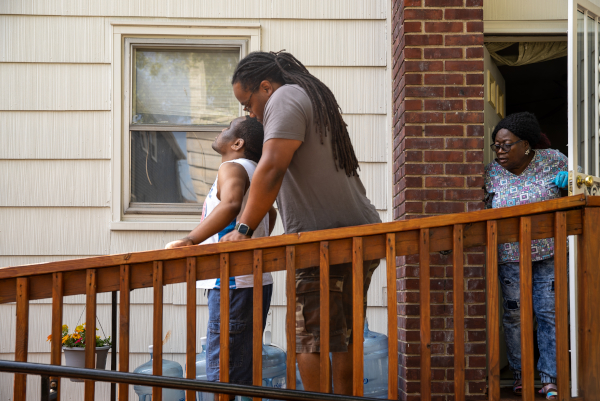
When the hospital was sure he would not survive, they finally allowed my mother to visit. My uncle was unconscious and clinging to life on a ventilator. She FaceTimed me into the room and pointed her phone’s camera towards him. I still feel a little awkward about my first reaction: his disability appeared to have vanished. His goofy smile was gone. The thick glasses he wore were missing and he looked handsome, serene and angelic. I felt like I was seeing the soul behind the man – his essence behind the layers of neurological misfiring, his cognitive mystery locked inside the cage of an imperfect body. I’m sure I projected quite a bit in that moment. The medical and physical reality was simpler: he was about to die at any moment, his body had succumbed to a horrible virus and it had twitched its last twitch. The projections and fantasies I brought to the table when I saw him are not unlike the ones that Tell Them You Love Me initially preys upon.
I finished the edit at the end of 2022, and without trying to intentionally check any genre boxes per se, the resulting film is a psychological mystery with elements of science fiction, a spattering of cult, and packaged in true crime. It is ultimately about perception vs. reality and all the forces that exert influence on that equation. Rather than promising answers to the many questions the case raises, I wanted to confront audiences with a story that asked them to sit with their cognitive dissonance. The editor, Seth Bomse, and I calibrated the film’s twists and turns with obsessive, surgical care, all the way to the last frame. We were very proud of the final product. Louis Theroux, who had EP’d the film, felt the same, as did the funders, Sky and Topic. I felt strongly I had completed what was the best work of my career. We were all in agreement: the film would premiere at Sundance and go on to worldwide distribution from there.
It is an understatement to say that was not what happened.
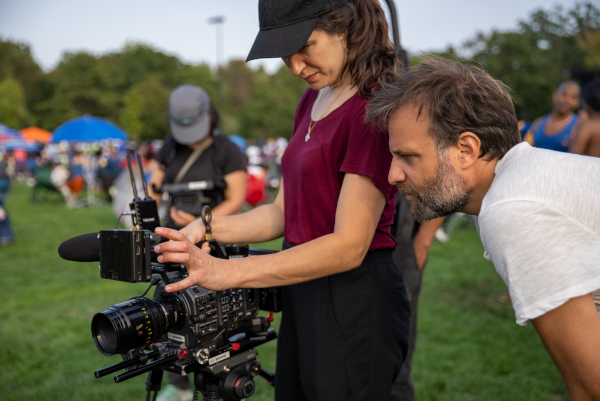
Gentle but painful emails trickled in from Sundance, SXSW, Tribeca, Sheffield, all letting me know that “after careful consideration,” because of the “massive number of submissions,” they would not be programming the film. And though it was funded in the U.K., not one European festival took the film. Some of these major festivals were transparent about being nervous about the subject matter, while others just sent formulaic responses. One major U.S. festival programmer initially watched the film and wrote me an effusive email saying she couldn’t stop thinking about it and wanted to make sure the world premiere was still available. This is almost always a sure sign. We had a premiere! But after many weeks of silence, I got word that they would be passing. She explained that internal conversations had revealed hesitations from within the programming team. They had “concerns.” They wanted it to be more focused on race while simultaneously including more experts in the disability world. The cautious tone of the rejection email was miles away from the delighted and viscerally positive reaction to the film I received just a month earlier.
It was not selling either. It was broadcast on Sky in the U.K., but no U.S. buyer was biting. I had the best sales team a documentary filmmaker could want: they set up screenings at the Cannes Market and organized private screenings with top executives at networks across the country. We came close, but everyone passed. And networks give even less feedback than the festivals about why.
It was a tough year. Maybe I was out of touch, or out of sync? I speculated endlessly about what the hesitations were. I lost sleep. Maybe we had misworded or misspelled something in the sales packaging? Should I open the edit back up? Yes, I was White, but hadn’t I paid my dues and cut my teeth? Should I adjust my bio? I had come from a family of steelworkers and union organizers. As an undergrad at a state university, I sold my blood for money and made $150 for participating in pharmaceutical research that left my arms limp for a week. I cooked steak sandwiches on the graveyard shift for drunk college kids at a place called ‘The Sub’ in Amherst, Massachusetts. When I got out of grad school for film, I cut wedding videos and waited tables. Did I not earn even a small audience for my most ambitious work to date? Cry me a river.
Most filmmakers have been through some version of this story. I don’t feel bad for myself, and it doesn’t matter. I had made the film I wanted to make, I stood by it, I did everything I could to advocate for it. As they say, “Let go and let god.”
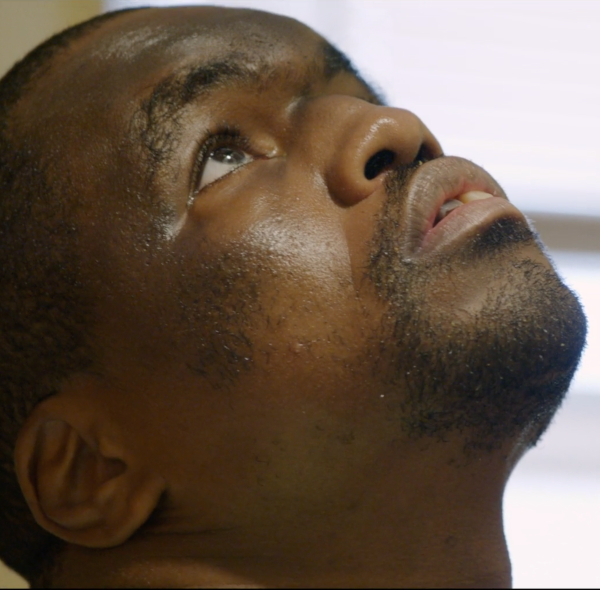
In October of this past year, the film finally played the Hamptons Film Festival and took home the Jury Award for Best Documentary. It garnered a few more awards over the course of the fall and spring at some smaller but well-respected festivals. In February, it was released in the U.K. to solid reviews. Meanwhile, there were some changes in the executive teams going on at several U.S. networks. While my sales team was at Sundance this year, they showed the film to a new commissioner at Netflix. She loved it, and shortly after that, they bought the film. It went live on June 14. I was still scrambling to raise money for a publicist, because Netflix tends not to do its own big push on films that have already premiered elsewhere. And then, four days after hitting the platform, as I was checking my GoFund me page, I got the text that my film was the most watched film in America. It had gone viral. Americans were consuming it with a voracity and appetite that no one saw coming. In its first week, with nearly four million viewers, it was on the top ten list of all streaming platforms, alongside blockbuster Hollywood films and series. It was, as Movieweb said, a “watercooler hit.” Every kind of conversation is occurring around the film’s many provocative layers, and it is exhilarating for me to have set something loose on the world like a wild animal that has been caged for seven years, and then to see all the eyes widen.
There have always been powerful tastemakers and kingmakers in the industry. And in recent years there are new forces at play. Scandals like the one surrounding the film Jihad Rehab have rocked Sundance. Conversations about identity and who can tell which stories and why have energized both progress in the industry around representation and inclusion, while also ushering in an era of controversy, fear, and hesitation.
Compelling stories should be told and they should be seen. And audiences should have the opportunity to love them, to hate them, and to argue about them. It’s how we build awareness and resilience as a culture. It is how we improve on the art form and protect space for heterodoxy, even when it fails or offends, or, as was reported by The Daily Mirror recently about my film, makes “some viewers sick to their stomach.”
All reactions welcome, but most importantly, thank you for watching. I am forever grateful. Onwards.
Featured image shows Anna Stubblefield in Tell Them You Love Me; all images courtesy Nick August-Perna.


